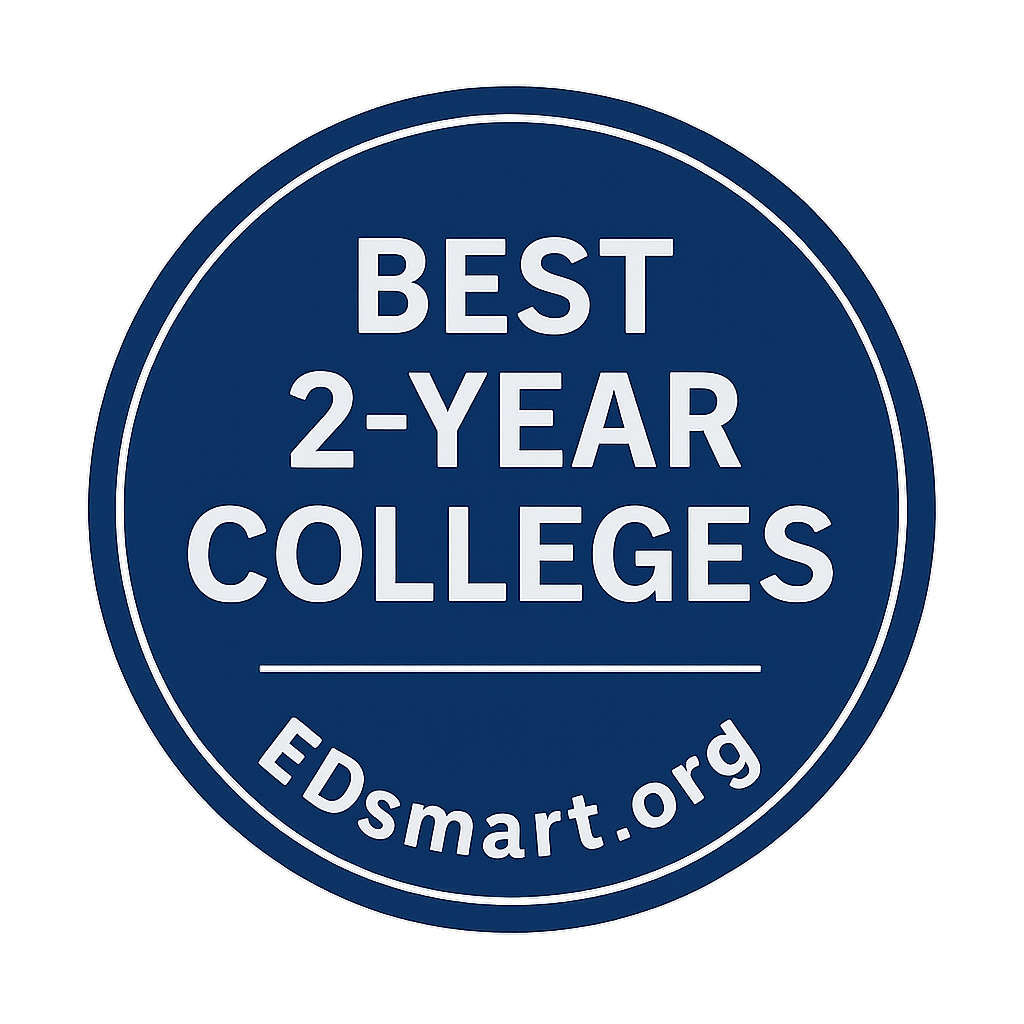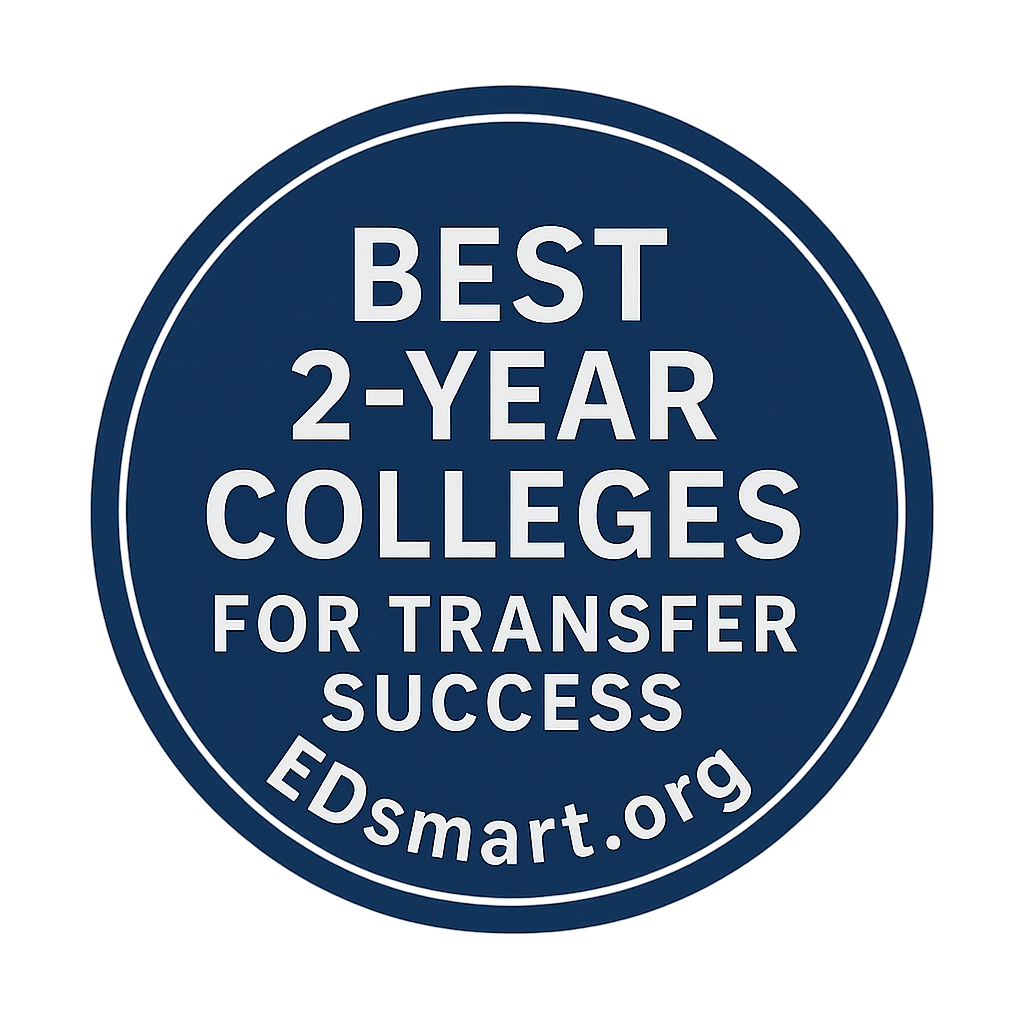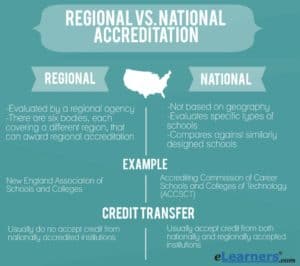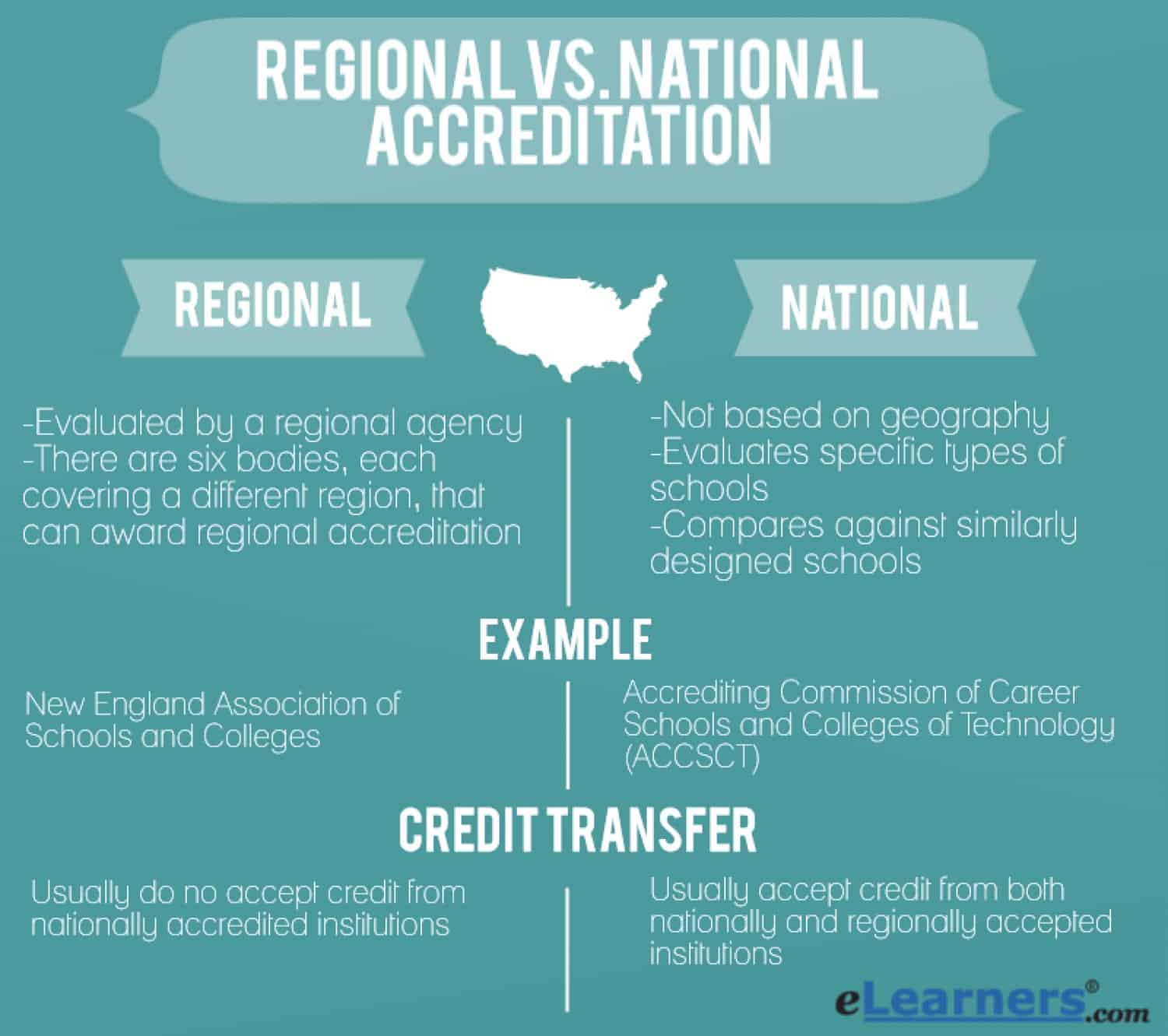Best Community & Trade Colleges in the U.S.
A Pennsylvania trade college tops America's 2025 community and technical college rankings, beating more than 1,300 institutions nationwide. Williamson College of the Trades leads with a score of 74.4, while Alabama's Reid State Technical College and Georgia's Coastal Pines Technical College secure the #2 and #3 spots—offering outstanding academic value at just $115 and $111 adjusted net price, respectively.
Our analysis uncovers surprising leaders in affordability and academic performance—challenging assumptions about where students can get the best value.
As states address workforce shortages and families navigate rising education costs, community colleges, technical colleges, and specialized two-year institutions have become critical engines of economic mobility. According to the National Center for Education Statistics, millions of Americans rely on two-year institutions for accessible paths to degrees and careers through associate degrees, certificates, and workforce training programs. We analyze Title IV institutions using the latest College Scorecard extract. Understanding which institutions truly deliver value has never been more important.
Our comprehensive analysis across all 50 states reveals that true affordability varies widely by location—a $5,000 tuition in California costs the equivalent of $3,300 in Mississippi when adjusted for cost-of-living differences according to Bureau of Economic Analysis regional price parities (2024). This variation means that where you attend a two-year institution can impact your total educational costs as much as which college you choose.
How we compute Adjusted Net Price: We take each institution's most-recent College Scorecard average net price (all Title IV, first-time/full-time undergraduates) and convert it to national-level "real dollars" using BEA Regional Price Parities (RPP, base = 100). State comparisons (e.g., $5,000 in CA ≈ $3,300 in MS) use the ratio of the two states' RPP indices. We use MERIC as a cross-check to validate state cost patterns.
Our redesigned ranking methodology addresses critical flaws in traditional community and technical college rankings by focusing exclusively on metrics with reliable data: affordability (50%), academic success measured by completion and transfer rates (35%), and student support through share of full-time faculty (15%). Unlike other rankings that rely on unavailable career outcomes data, our methodology focuses only on verified metrics. Our approach applies transparent data quality adjustments that reward complete information, ensuring students can trust they're comparing accurate and comprehensive data. This transparency-first methodology reveals which institutions truly deliver on their promise of affordable, quality education.
Key Takeaways
- Cost-of-Living Matters: A $5,000 tuition in California equals $3,300 in Mississippi when adjusted—location materially changes true affordability
- Exceptional Values Exist: Colleges like Canada College (CA) and Reid State Technical (AL) offer annual adjusted net prices under $150
- Mississippi Dominates: With the lowest adjusted prices and highest average quality score, MS ranks #1 for value
- High Completion Possible: Fred W Eberle Technical Center (WV) shows 90%+ completion rates are achievable at community and technical colleges
Our analysis uses official federal data and applies cost-of-living adjustments to ensure fair comparisons across all states.
Best Community & Technical Colleges 2025
- 1,368 institutions analyzed across all 50 states
- Redesigned methodology: Affordability-focused with data quality standards
What Makes This Ranking Different
Our redesigned methodology addresses critical flaws found in traditional community and technical college rankings.
✓ Uses Available Data - Only ranks on metrics with reliable data
✓ Data Completeness Adjustment - Transparent, documented score adjustments
✓ Student-Centered Weights - 50% on affordability - what matters most
Eligibility & Definitions
Who's Included: This ranking includes Title IV–participating, sub-baccalaureate institutions that offer associate degrees and/or for-credit certificates from the 2023-24 College Scorecard data. This encompasses:
- Community colleges - Traditional public two-year colleges offering associate degrees and transfer pathways
- Technical colleges - Institutions focused on career and technical education, workforce training, and industry certifications
- Special-focus two-year institutions - Specialized schools offering targeted programs in trades, health sciences, or specific career fields
- Public and private nonprofit institutions - Both publicly funded and private nonprofit two-year colleges
We analyze 1,368 institutions across all 50 states—filtered from the original College Scorecard dataset based on ICLEVEL = 2 (2-year institutions) and PREDDEG = 1 or 2 (predominant degree: certificate or associate), with valid net price data and at least one additional metric for fair comparison.
Why this definition? Students seeking affordable, sub-baccalaureate education often choose between community colleges, technical colleges, and specialized two-year programs. These institutions serve similar student populations and offer comparable pathways to careers and further education. By analyzing all Title IV two-year institutions together, we provide a comprehensive view of your options.
Data verification: Institutions with adjusted net prices below $100 were manually re-verified against College Scorecard source data to ensure accuracy. Where completion, transfer, or faculty data are missing, we apply transparent data quality adjustments (see Methodology).
Our Redesigned Methodology
Traditional community and technical college rankings often rely on incomplete or inconsistent data, making it difficult for students and families to know what really matters. Our redesigned methodology focuses on what students actually experience: how much they pay, whether they complete or transfer successfully, and whether institutions invest in teaching. By eliminating unreliable metrics like post-graduation earnings—which are largely missing or suppressed for two-year institutions in the College Scorecard database, making cross-institution comparisons unreliable—we ensure that comparisons are fair, accurate, and meaningful.
Why No Earnings Metric
College Scorecard's institution-level earnings data for two-year institutions are frequently missing or suppressed due to privacy thresholds, which introduces bias and makes cross-institution comparisons unreliable. Rather than score all colleges as zero or impute unreliable values, we exclude earnings and focus on outcomes students actually experience at two-year institutions—completion and transfer to four-year institutions. This approach aligns with how students use these institutions: as affordable pathways to bachelor's degrees and career credentials.
Limitations & How to Interpret These Numbers
- Net price scope: Scorecard net price reflects Title IV, first-time/full-time undergraduates; part-time or returning students may face different costs
- Living situation: Net price averages blend living on-campus, off-campus, and at-home scenarios and can vary materially by student
- Suppression: Some outcomes (especially transfer) are suppressed for privacy when cohorts are small; our Data Completeness Adjustment accounts for this
- Institution mix: Per our eligibility, "community colleges" here include Title IV community, technical, and special-focus two-year institutions (public + nonprofit)
- Outliers: Institutions with Adjusted Net Price below $100 were manually re-verified against College Scorecard source data
Top 20 2-Year Colleges 2025
While Pennsylvania's Williamson College leads the nation overall, the top 20 list reveals surprising standouts from smaller rural institutions in Alabama, Georgia, and Michigan—many offering exceptional value at a fraction of typical tuition costs.
These colleges demonstrate that quality education and affordability can coexist, with adjusted net prices ranging from just $13 to $3,097 while maintaining strong completion and transfer outcomes.
| Rank | College | State | Adjusted Net Price (Annual) | Completion Rate | Transfer Rate | Score |
|---|---|---|---|---|---|---|
| 1 | Williamson College of the Trades | PA | $1,454 | 66.3% | N/A | 74.4 |
| 2 | Reid State Technical College | AL | $115 | 48.4% | N/A | 73.9 |
| 3 | Coastal Pines Technical College | GA | $111 | 48.1% | 7.7% | 70.8 |
| 4 | Keweenaw Bay Ojibwa Community College | MI | $504 | 17.0% | N/A | 68.4 |
| 5 | Southern Regional Technical College | GA | $968 | 32.0% | 7.8% | 68.0 |
| 6 | Coahoma Community College | MS | $500 | 35.0% | 14.5% | 67.7 |
| 7 | Fred W Eberle Technical Center | WV | $2,159 | 90.2% | N/A | 66.1 |
| 8 | South Georgia Technical College | GA | $915 | 57.3% | 4.9% | 66.0 |
| 9 | Canada College | CA | $13 | 39.8% | 11.1% | 66.0 |
| 10 | Fort Scott Community College | KS | $665 | 35.4% | 25.6% | 65.8 |
| 11 | Wiregrass Georgia Technical College | GA | $1,095 | 43.2% | 7.3% | 65.0 |
| 12 | College of the Sequoias | CA | $36 | 31.9% | 4.5% | 64.4 |
| 13 | Southwest Mississippi Community College | MS | $2,727 | 41.9% | 15.9% | 62.4 |
| 14 | West Shore Community College | MI | $1,271 | 30.0% | 23.2% | 62.3 |
| 15 | George C Wallace State Community College-Selma | AL | $853 | 37.6% | 10.9% | 62.2 |
| 16 | Copiah-Lincoln Community College | MS | $3,097 | 48.6% | 14.5% | 61.7 |
| 17 | Florence-Darlington Technical College | SC | $551 | 19.5% | 22.2% | 61.1 |
| 18 | Carl Sandburg College | IL | $1,023 | 40.4% | 12.6% | 61.0 |
| 19 | Moorpark College | CA | $932 | 40.2% | 14.3% | 60.8 |
| 20 | Central Carolina Community College | NC | $588 | 36.2% | 14.4% | 60.7 |
Explore the full rankings below or use our state-by-state breakdown to find the best college near you.
Best Value 2-Year Colleges
When affordability is adjusted for local cost of living, several institutions surface as extraordinarily affordable—often costing less than a typical monthly utility bill in many regions. Canada College's $13 adjusted net price and Reid State Technical College's $115 price point are striking examples of how state subsidies, local economics, and institutional efficiency can combine to create exceptional opportunities. According to MERIC cost-of-living data, these schools' locations in lower-cost regions amplify their already-low tuition rates, making higher education accessible to virtually anyone.
These colleges offer the lowest cost-of-living adjusted net prices while maintaining quality academic programs.
| Rank | College | State | Adjusted Net Price (Annual) | Completion Rate | Score |
|---|---|---|---|---|---|
| 1 | Canada College | CA | $13 | 39.8% | 66.0 |
| 2 | College of the Sequoias | CA | $36 | 31.9% | 64.4 |
| 3 | Miami Lakes Educational Center and Technical College | FL | $100 | 10.5% | 50.3 |
| 4 | Coastal Pines Technical College | GA | $111 | 48.1% | 70.8 |
| 5 | Reid State Technical College | AL | $115 | 48.4% | 73.9 |
| 6 | Oconee Fall Line Technical College | GA | $262 | 53.1% | 56.3 |
| 7 | Cleveland Community College | NC | $395 | 24.7% | 59.5 |
| 8 | Coahoma Community College | MS | $500 | 35.0% | 67.7 |
| 9 | Keweenaw Bay Ojibwa Community College | MI | $504 | 17.0% | 68.4 |
| 10 | Florence-Darlington Technical College | SC | $551 | 19.5% | 61.1 |
| 11 | Central Carolina Community College | NC | $588 | 36.2% | 60.7 |
| 12 | Fort Scott Community College | KS | $665 | 35.4% | 65.8 |
| 13 | Oxnard College | CA | $828 | 32.4% | 58.9 |
| 14 | George C Wallace State Community College-Selma | AL | $853 | 37.6% | 62.2 |
| 15 | Cerritos College | CA | $870 | 29.1% | 56.9 |
| 16 | South Georgia Technical College | GA | $915 | 57.3% | 66.0 |
| 17 | Moorpark College | CA | $932 | 40.2% | 60.8 |
| 18 | Southern Regional Technical College | GA | $968 | 32.0% | 68.0 |
| 19 | Carl Sandburg College | IL | $1,023 | 40.4% | 61.0 |
| 20 | Wiregrass Georgia Technical College | GA | $1,095 | 43.2% | 65.0 |
Best for Transfer Success
What "Transfer Rate" means here: College Scorecard's TRANS_L4 measures the share of first-time/full-time students who transfer out to another institution within 150% of normal time. It's a practical proxy for two-to-four-year pathways, though the destination level (2- vs 4-year) isn't always distinguished in the data.
Transfer rates remain one of the most critical yet underreported metrics for two-year institutions, as many students use these institutions as stepping stones to bachelor's degrees. The colleges listed here excel at facilitating student transitions, with some achieving transfer-out rates (often to 4-year institutions) exceeding 29%—well above the national average. According to College Scorecard data, strong transfer pathways often correlate with robust academic support systems and articulation agreements with partner universities.
These institutions have the highest transfer-out rates.
| Rank | College | State | Transfer Rate | Completion Rate | Score |
|---|---|---|---|---|---|
| 1 | New Mexico Military Institute | NM | 29.6% | 41.1% | 56.2 |
| 2 | Fort Scott Community College | KS | 25.6% | 35.4% | 65.8 |
| 3 | Oakland Community College | MI | 23.8% | 17.8% | 50.3 |
| 4 | Muskegon Community College | MI | 23.5% | 28.3% | 49.5 |
| 5 | Frederick Community College | MD | 23.3% | 34.2% | 48.9 |
| 6 | West Shore Community College | MI | 23.2% | 30.0% | 62.3 |
| 7 | Florence-Darlington Technical College | SC | 22.2% | 19.5% | 61.1 |
| 8 | Delta College | MI | 20.6% | 15.9% | 49.6 |
| 9 | Moraine Valley Community College | IL | 19.9% | 33.8% | 55.7 |
| 10 | Hutchinson Community College | KS | 19.6% | 45.7% | 50.8 |
| 11 | George C Wallace Community College-Dothan | AL | 19.2% | 28.4% | 57.5 |
| 12 | Rockingham Community College | NC | 19.0% | 24.9% | 51.5 |
| 13 | Lurleen B Wallace Community College | AL | 18.6% | 37.5% | 56.8 |
| 14 | Illinois Valley Community College | IL | 16.9% | 43.2% | 48.9 |
| 15 | Arkansas State University Mid-South | AR | 16.8% | 46.0% | 54.9 |
| 16 | Eastern Wyoming College | WY | 16.7% | 41.4% | 53.0 |
| 17 | Lamar State College-Orange | TX | 16.4% | 28.5% | 58.4 |
| 18 | Columbia State Community College | TN | 16.3% | 29.0% | 51.5 |
| 19 | Southwest Mississippi Community College | MS | 15.9% | 41.9% | 62.4 |
| 20 | Miami Lakes Educational Center and Technical College | FL | 15.8% | 10.5% | 50.3 |
State-by-State Analysis
Community college affordability and quality are heavily shaped by state policy and economic conditions. Cost-of-living differences, as measured by the Bureau of Economic Analysis, can stretch or shrink a student's budget by thousands of dollars annually. States like Mississippi and Georgia rise to the top by combining low living costs with strong institutional performance, while high-cost states like California and Washington show how regional economics affect true affordability even when institutional aid is generous.
Here's how community and technical colleges perform across different states, with cost-of-living adjustments.
| Rank | State | Colleges | Avg Score | Avg Adjusted Price | Data Completeness |
|---|---|---|---|---|---|
| 1 | MS | 16 | 47.8 | $5,532 | 100% |
| 2 | KY | 21 | 45.5 | $7,767 | 97% |
| 3 | WY | 4 | 41.9 | $15,015 | 100% |
| 4 | AL | 25 | 37.5 | $6,879 | 99% |
| 5 | NC | 65 | 35.8 | $8,157 | 98% |
| 6 | RI | 2 | 35.3 | $12,110 | 83% |
| 7 | GA | 38 | 35.2 | $11,352 | 91% |
| 8 | IL | 58 | 34.8 | $8,162 | 99% |
| 9 | MI | 36 | 33.7 | $9,252 | 93% |
| 10 | AR | 24 | 33.5 | $7,991 | 99% |
| 11 | NM | 21 | 33.1 | $8,069 | 100% |
| 12 | KS | 27 | 32.2 | $9,858 | 98% |
| 13 | WV | 21 | 32.1 | $8,281 | 81% |
| 14 | OK | 25 | 31.7 | $11,558 | 92% |
| 15 | SC | 23 | 31.4 | $12,129 | 99% |
| 16 | ME | 8 | 29.8 | $9,274 | 96% |
| 17 | WA | 10 | 28.4 | $23,698 | 90% |
| 18 | TX | 94 | 28.4 | $15,596 | 92% |
| 19 | TN | 46 | 28.3 | $10,910 | 80% |
| 20 | VA | 35 | 28.1 | $12,978 | 94% |
| 21 | NE | 14 | 27.3 | $9,473 | 86% |
| 22 | IA | 27 | 26.8 | $10,780 | 86% |
| 23 | NJ | 32 | 26.7 | $15,417 | 89% |
| 24 | CA | 162 | 26.3 | $17,855 | 94% |
| 25 | MO | 21 | 26.2 | $12,321 | 87% |
| 26 | ND | 7 | 25.7 | $11,032 | 90% |
| 27 | MT | 10 | 25.2 | $10,817 | 97% |
| 28 | MD | 18 | 25.1 | $11,445 | 100% |
| 29 | UT | 4 | 24.7 | $13,275 | 83% |
| 30 | AZ | 27 | 24.6 | $15,694 | 98% |
| 31 | CO | 18 | 24.6 | $20,347 | 93% |
| 32 | PA | 64 | 24.4 | $17,727 | 86% |
| 33 | SD | 4 | 23.7 | $13,154 | 100% |
| 34 | WI | 21 | 23.5 | $11,894 | 90% |
| 35 | NY | 70 | 23.3 | $17,770 | 90% |
| 36 | FL | 58 | 22.6 | $21,040 | 78% |
| 37 | MA | 17 | 22.6 | $12,206 | 96% |
| 38 | HI | 8 | 22.4 | $14,010 | 96% |
| 39 | ID | 4 | 22.0 | $8,978 | 92% |
| 40 | OH | 63 | 21.8 | $15,149 | 79% |
| 41 | AK | 2 | 21.6 | $14,769 | 83% |
| 42 | CT | 6 | 21.2 | $27,013 | 72% |
| 43 | IN | 10 | 20.9 | $22,763 | 80% |
| 44 | LA | 27 | 20.7 | $15,358 | 91% |
| 45 | NV | 6 | 20.1 | $30,586 | 89% |
| 46 | OR | 31 | 19.3 | $14,217 | 84% |
| 47 | DE | 1 | 18.6 | $32,494 | 100% |
| 48 | MN | 29 | 18.3 | $11,951 | 99% |
| 49 | NH | 7 | 13.6 | $18,272 | 100% |
| 50 | VT | 1 | 8.2 | $10,461 | 67% |
Key Findings
Analysis Highlights
- 1,368 institutions analyzed across all 50 states using College Scorecard data
- 73.6% of colleges have complete data for all ranking criteria, with data completeness adjustments applied to ensure fairness
- Affordability weighs 50% - reflecting what two-year college students prioritize most when choosing where to attend
- Cost-of-living adjustments using BEA RPP (validated with MERIC) reveal price differences up to 35% between states
- Academic success metrics (35% weight) focus on completion and transfer rates - the outcomes that actually matter for CC students planning to earn bachelor's degrees
Methodology & Data Sources
Our redesigned analysis uses official government data and applies rigorous data quality standards:
Scoring Methodology
Affordability (50% weight)
Cost-of-living adjusted net price using state-specific economic data from MERIC and BEA. Lower prices receive higher scores on a scale where $0 = 100 points and $10,000 = 0 points.
Academic Success (35% weight)
Completion rates (60% of category) and transfer rates to 4-year institutions (40% of category). If only one metric is available, it receives full category weight. Schools with neither metric score 0 in this category.
Student Support (15% weight)
Share of full-time faculty, indicating institutional commitment to quality instruction and student support services.
Data Completeness Adjustment
Schools receive up to a 20% score adjustment based on data availability. This ensures colleges can't rank highly by simply having low prices while hiding poor academic outcomes. Complete data (net price + academic metrics + faculty ratio) = no adjustment. Missing 1 of 3 categories = 6.7% reduction. Missing 2 of 3 = 13.3% reduction.
Example: A college scoring 75 points with complete data would score 70 points (6.7% reduction) if missing completion rate data, and 65 points (13.3% reduction) if missing both completion and transfer data.
Data Sources
- College Scorecard Data (2023-24): Official federal data from the U.S. Department of Education's most-recent cohorts file (as of May 2025). Variables used: NPT4_PUB/NPT4_PRIV (net price), C150_L4 (completion rate), TRANS_L4 (transfer rate), PFTFAC (faculty ratio), with ICLEVEL=2 (2-year) and PREDDEG=1 or 2 (certificate/associate) filters applied. Pooled suppression variants used when primary fields are suppressed.
- Cost of Living Indices: State-specific Regional Price Parities from Bureau of Economic Analysis (2024), cross-referenced with MERIC Cost of Living Data Series (Q4 2024) to ensure accuracy. We use BEA as the primary index and validate against MERIC state rankings.
- Academic Metrics: Completion rates (C150_L4), transfer rates (TRANS_L4), and pooled suppression variants (C150_L4_POOLED_SUPP, TRANS_L4_POOLED_SUPP) from College Scorecard 2023-24 data
- Faculty Data: Full-time faculty percentages (PFTFAC) from the Integrated Postsecondary Education Data System (IPEDS) via College Scorecard
Additional Research Sources
- Bureau of Labor Statistics - Employment and wage data for economic context
- U.S. Census Bureau - State population and demographic data
- National Center for Education Statistics - Comprehensive education data and research
- Urban Institute - Research on community college affordability and outcomes
Conclusion
This redesigned analysis of 1,368 community and technical colleges across all 50 states provides the most accurate and student-centered ranking available. By prioritizing affordability (what students need most), academic success (completion and transfer outcomes), and data quality (rewarding complete information), we ensure fair comparisons that help students make informed decisions.
Unlike traditional rankings that assign meaningless weights to unavailable data, our methodology only ranks colleges on metrics with reliable data from the U.S. Department of Education's College Scorecard and federal economic data. This transparency ensures you're comparing apples to apples, not schools with complete data against schools hiding behind missing metrics.
As policymakers, families, and students make decisions in a rapidly shifting higher education landscape, transparent data and fair comparisons are essential. This ranking is designed to empower students to find programs that meet their academic goals and their budgets—and to highlight institutions and states that are delivering real value in 2025 and beyond.
Ready to Start Your Two-Year College Journey?
Use this ranking to find the best community college, technical college, or specialized two-year program for your educational and career goals - one that balances affordability, academic quality, and student support.








